Topological quantum optics: from the simulation of the Haldane model to applications in quantum information
In this talk, I will continue my last talk to introduce our interesting findings of topological effects in quantum optics. I will first show the quantum optical simulation of the Haldane model [1], which has played an important role in the study of topological insulators. The simulation was done in a two-dimensional superradiance lattice [2], which has the same structure as a graphene. A variation of the Haldane model can also be realized in a cavity QED system, which involves with synthetic spin-orbit coupling and effective magnetic fields for photons in a Fock-state lattice [3]. New features of the chiral edge transportation (synchronized and nondispersive) of photons enable the quantum nondemolition measurement of a spin and the preparation of the Schrodinger cat states of photons. This research offers a new platform for designing novel optical devices that can serve as the elementary components in quantum information.
[1] F. D. M. Haldane, PRL 61, 2015 (1988)
[2] D.-W. Wang, H. Cai, L. Yuan, S.-Y. Zhu and R.-B. Liu, Optica 2, 712 (2015)
[3] D.-W. Wang, H. Cai, R.-B. Liu and M. O. Scully, PRL 116, 220502 (2016)


